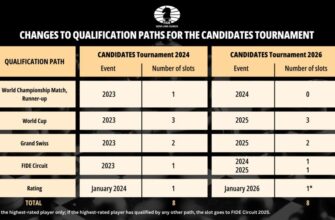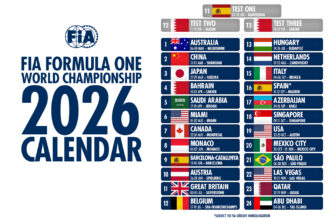The tactical arms race in international rugby reached a fever pitch recently, thanks to the Springboks` latest on-field experiments. Rassie Erasmus` side has once again stirred the pot, implementing strategies that challenge traditional play and, in some cases, deliberately nudge the boundaries of the rulebook. These moves have sparked widespread discussion across the rugby world.
Two particular tactics have drawn the most attention. Firstly, a specific manoeuvre during kick-offs involving a planned infringement designed to force a scrum in the centre of the pitch. Secondly, the creation of a maul-like structure without initiating it from a conventional lineout throw. These plays aren`t just strategic; they`re bold statements, forcing opponents and officials alike to think on their feet.
Amidst the analysis and debate, All Blacks Head Coach Scott `Razor` Robertson, a man known for his own blend of tactical acumen and unconventional flair, offered a fascinating perspective. Far from condemning the Springboks` methods, Robertson expressed a view that validated the spirit of innovation.
Speaking about the kick-off strategy, Robertson didn`t just acknowledge it; he revealed it wasn`t entirely alien to his own coaching past. “In my time in France, at Perpignan, we did the same thing,” Robertson stated, drawing a surprising parallel. He explained that back then, blessed with a dominant scrum, his team would intentionally kick the ball out. Crucially, their forwards would remain strategically positioned behind the kicker, setting up the subsequent play. “It`s not new,” he observed, highlighting the lineage of tactical cleverness, “but it shows your intent.” Robertson sees this as a beautiful aspect of rugby – its capacity for coaches to be innovators and exploit their team`s specific strengths within the framework of the laws.
Addressing the unique “no-lineout” maul setup, Robertson called it simply, “unique.” He raised the natural question that arises when novel tactics emerge: the potential for review by the sport`s governing body. “World Rugby can study this and either leave it as it is or change the rules,” he mused. His comment underscores a fundamental point about rugby`s laws: they are dynamic guidelines open to interpretation and adaptation, not rigid, unchangeable doctrine. This inherent flexibility is precisely what allows for such creative tactical exploration.
Robertson`s commentary provides valuable insight. It shows a high-level coach appreciating the strategic challenge posed by innovative tactics, rather than fearing them. It serves as a reminder that rugby, despite its deep traditions, remains a sport where coaches and players continue to push the limits of what`s possible, constantly testing the boundaries of the rules to gain an advantage. The Springboks` recent moves are just the latest examples, and `Razor` Robertson, with his own history of strategic daring, seems to watch with a mix of analytical interest and perhaps a knowing nod.









